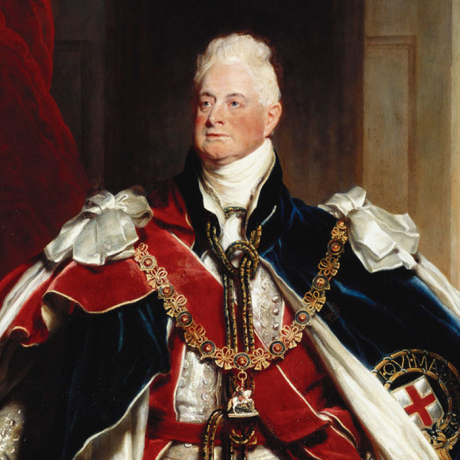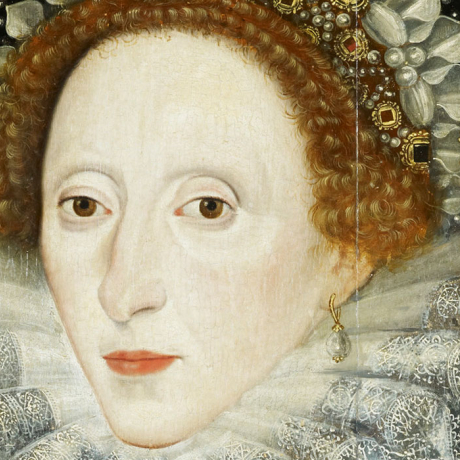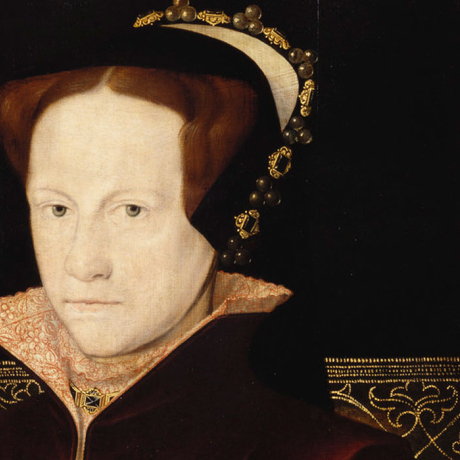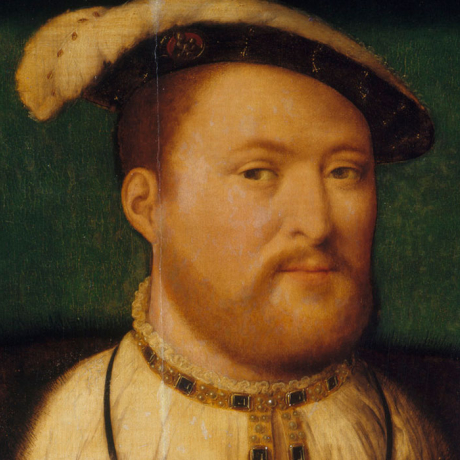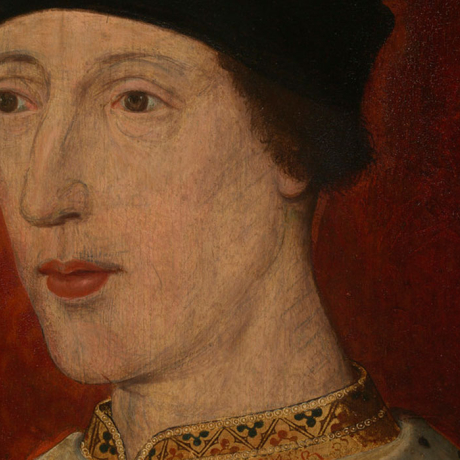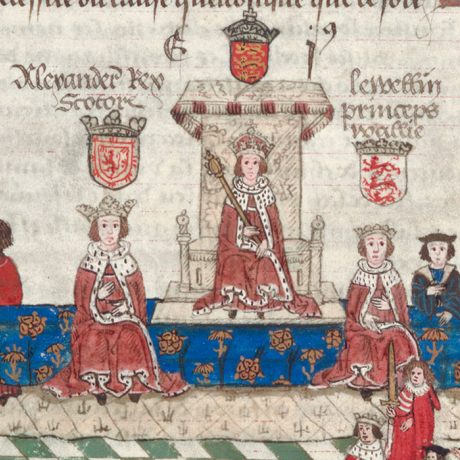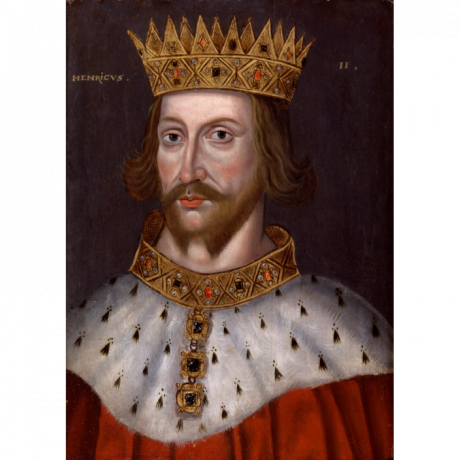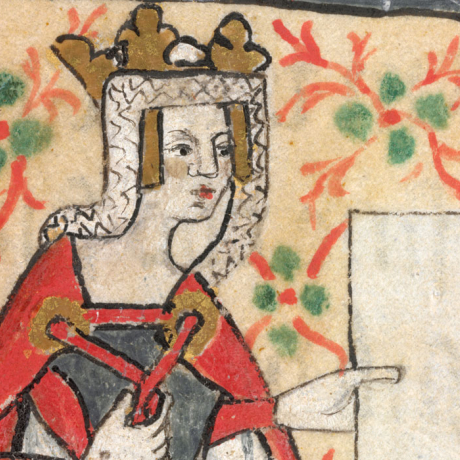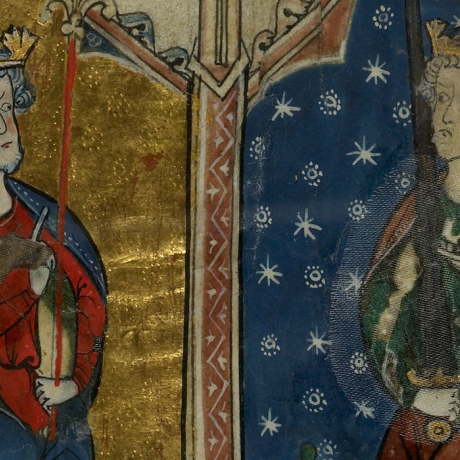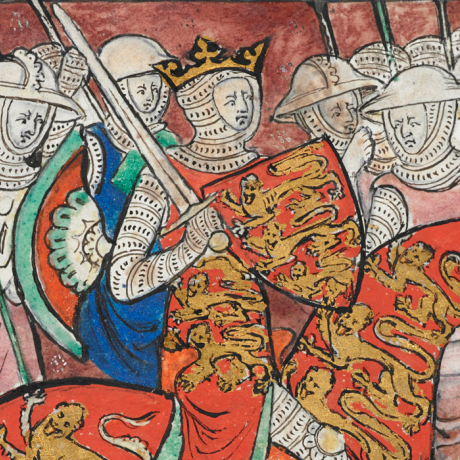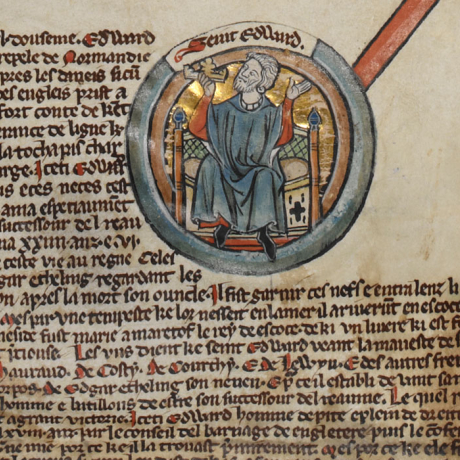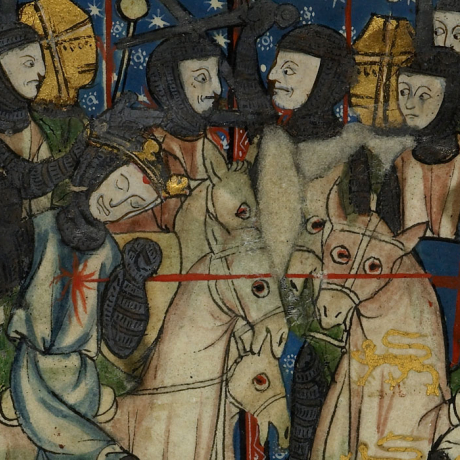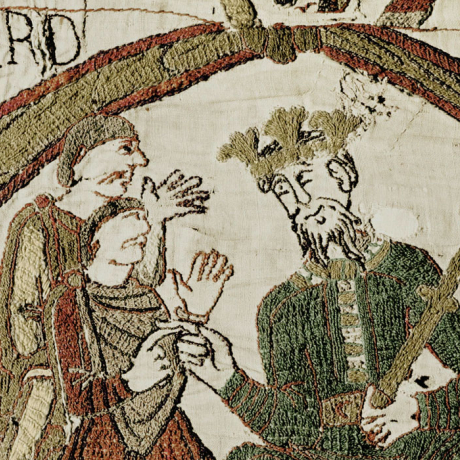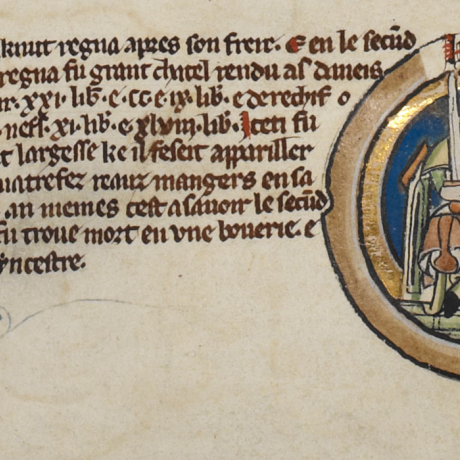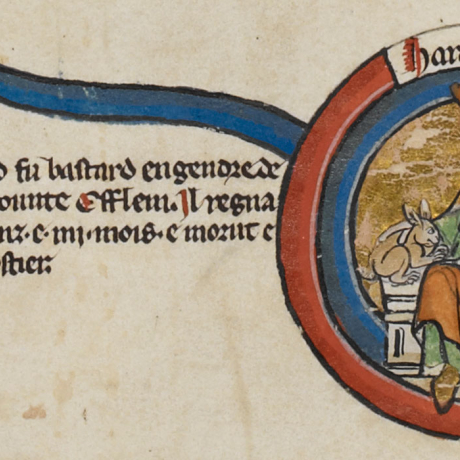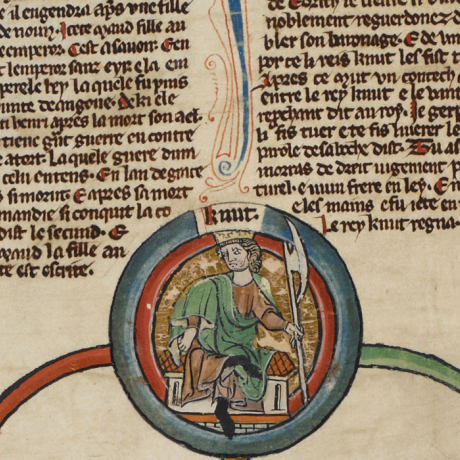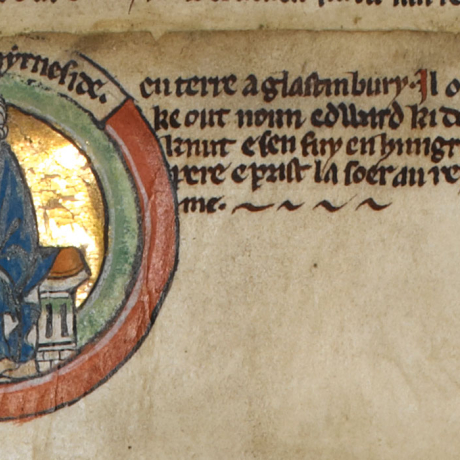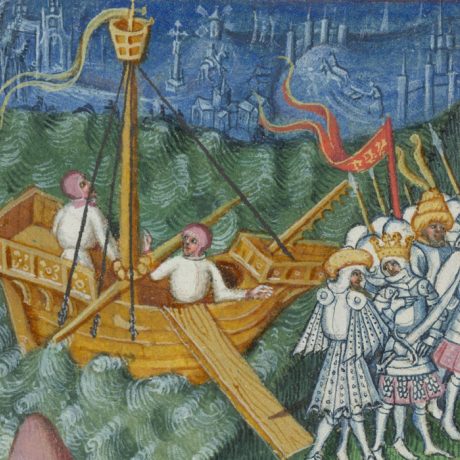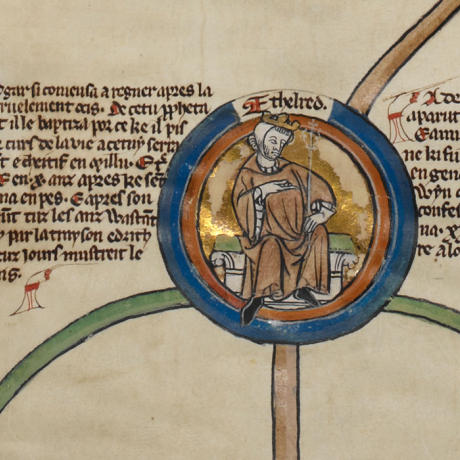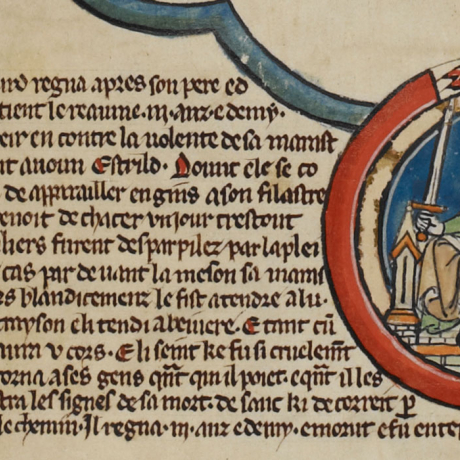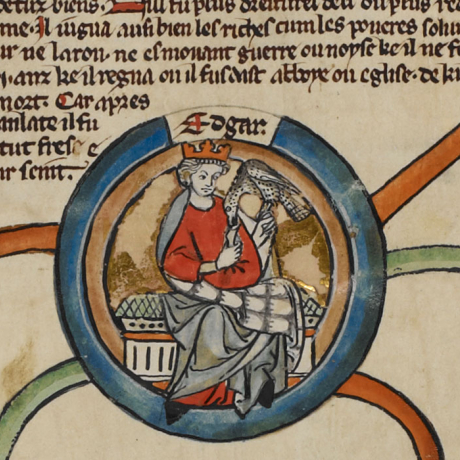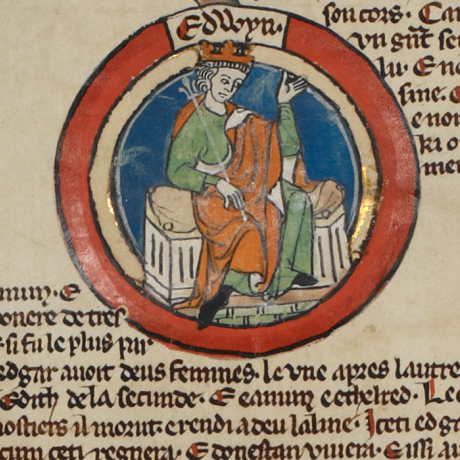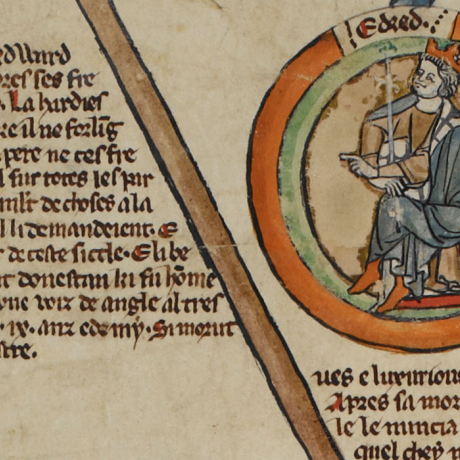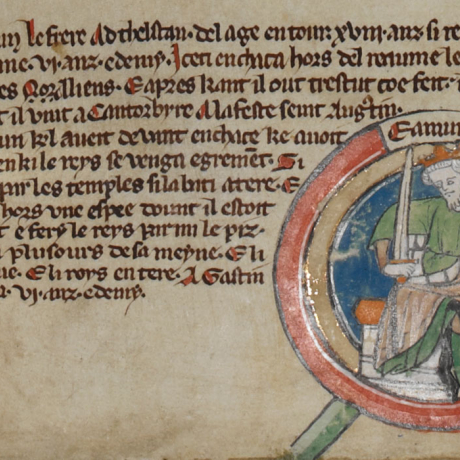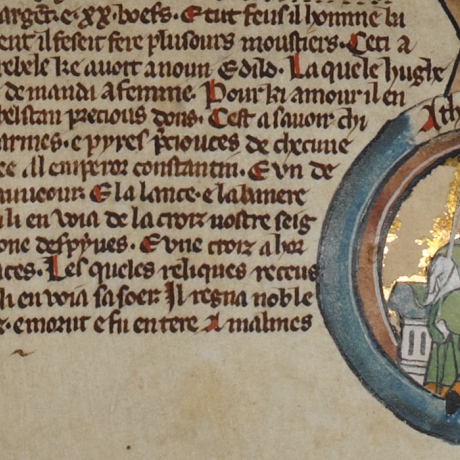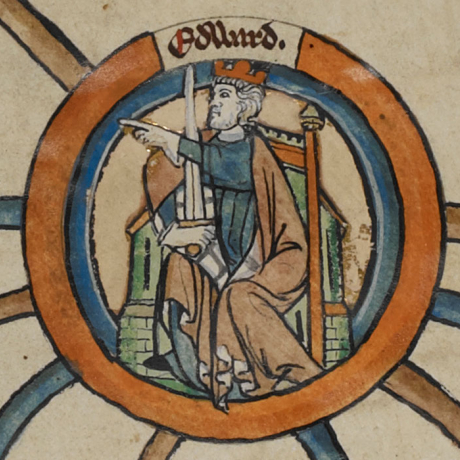The accession of Henry IV sowed the seeds for a period of unrest which ultimately broke out in civil war. Fraught by rebellion and instability after his usurpation of Richard II's throne, Henry IV found it difficult to enforce his rule. His son, Henry V, fared better, defeating France in the famous Battle of Agincourt (1415) and staking a powerful claim to the French throne. Success was short-lived with his early death.
During the reign of the relatively weak Henry VI, civil war broke out between rival claimants to the throne, dating back to the sons of Edward III. The Lancastrian dynasty descended from John of Gaunt, Duke of Lancaster, third son of Edward III, whose son Henry deposed the unpopular Richard II.
Yorkist claimants such as the Duke of York asserted their legitimate claim to the throne through Edward III's second surviving son, but through a female line. The Wars of the Roses therefore tested whether the succession should keep to the male line or could pass through females.
The young Duke of York won the throne at the battle of Towton in 1461, becoming Edward IV. Henry VI spent the next decade in exile or captivity, was briefly restored to the throne in late 1470, and then put to death when his adherents were defeated at the battles of Barnet and Tewkesbury in 1471.


